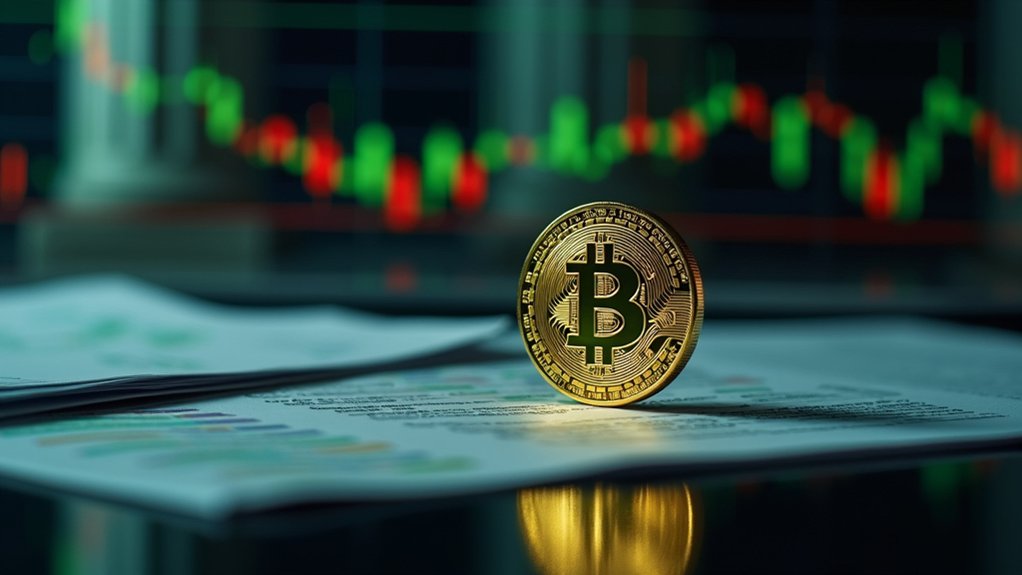Although the cryptocurrency market continues to contend with regulatory ambiguity and episodic volatility, Changpeng Zhao has issued a pointed admonition to banking institutions and large-scale investors regarding Binance Coin (BNB) as its market valuation approaches the psychologically and technically significant near-$1,000 threshold, arguing that institutional actors risk strategic marginalization if they underweight exposure to an asset class that has demonstrated renewed liquidity, exchange re-listing prospects, and on-chain throughput following the May 2025 dismissal of the SEC’s case against Binance and Zhao himself; his statement, framed against analysts’ projections ranging from $1,000 to $2,000 within the current cycle, underscores both the upside scenarios contemplated by technical and fundamental models and the attendant caveats—namely persistent regulatory tail risks, concentration of supply, and short-term price oscillations—that should inform banks’ risk management, compliance assessments, and market-participation strategies. Observers note that the SEC dismissal materially altered market sentiment, enabling BNB’s reintroduction to U.S. exchanges and the resumption of USD services on Binance.US, developments that enhanced tradability and liquidity, while contemporaneous technical analyses project a range of outcomes from a conservative $1,000 to an aggressive $2,000 target, thereby creating asymmetric return profiles that institutional allocators must evaluate against mandated risk tolerances. CZ’s advisory emphasizes due diligence and skepticism of promotional signals, contending that reliance on celebrity endorsements or influencer marketing is insufficient, and recommending that banks prioritize on-chain metrics, verified documentation, and custody assessments when considering exposure, a posture that addresses both Regulatory Challenges and Market Volatility by integrating compliance controls with dynamic position-sizing rules. Market structure indicators corroborate increased activity, with BNB Chain leading short-term decentralized exchange volume and corporate treasuries initiating allocations, signals which, when juxtaposed with Zhao’s substantial token holdings and analyst price forecasts, present a complex nexus of potential liquidity benefits and concentration risks that cannot be ignored by institutional governance frameworks. Additionally, the growing integration of blockchain technology in enterprise software enhances transparency and operational efficiency for institutional investors considering crypto assets. Ultimately, the discourse invites banks to calibrate strategic responses that balance prospective capital appreciation against ongoing regulatory uncertainty and the inherent volatility of crypto markets, employing robust monitoring, stress-testing, and legal review to inform any material engagement with BNB. Recent market data show BNB trading near $920.42 with significant market cap and circulating supply figures that institutional investors often consider. Analysts additionally highlight technical breakout levels as a key factor supporting bullish scenarios.
Author
Tags
Share article
The post has been shared by 0
people.









